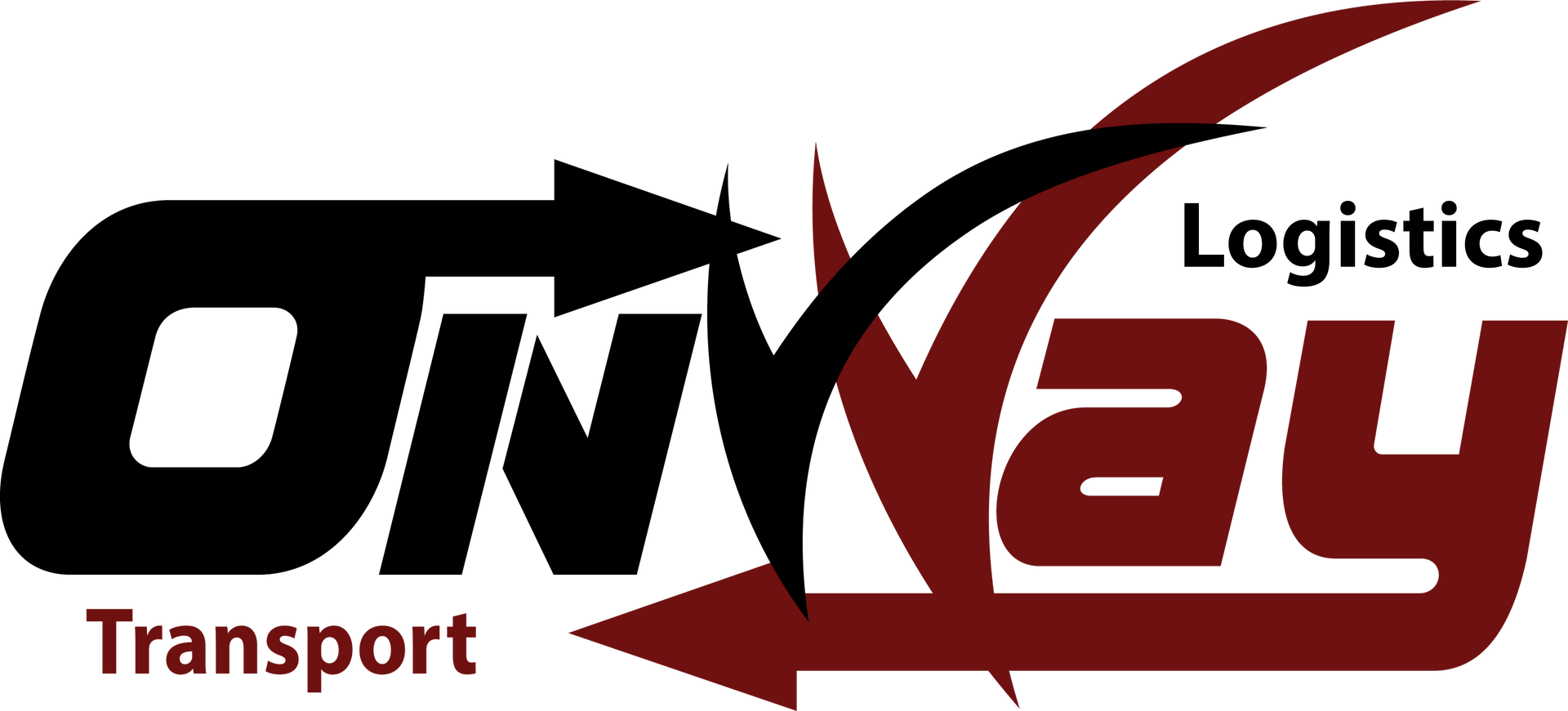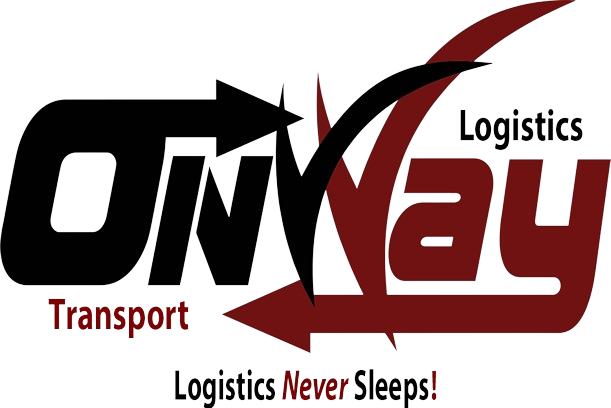Optimizing Efficiency with Routed & Scheduled Deliveries
In the ever-evolving landscape of logistics and transportation, routed and scheduled deliveries stand out as essential strategies for businesses aiming to enhance efficiency and customer satisfaction. This systematic approach to delivery not only streamlines operations but also significantly reduces operational costs and improves service reliability. In this blog post, we delve into the advantages of implementing routed and scheduled deliveries and how they are revolutionizing the delivery process across various industries.
The Importance of Strategic Routing
Routed deliveries refer to the use of predefined delivery routes optimized for efficiency. This method ensures that each delivery vehicle follows a specific path that minimizes travel time and fuel consumption, thereby reducing costs and environmental impact. Strategic routing is particularly beneficial in dense urban areas where traffic congestion can significantly delay deliveries. By analyzing historical traffic data and current conditions, companies can plan routes that avoid known traffic hotspots, ensuring faster and more predictable delivery times.
Scheduled Deliveries: Enhancing Customer Experience
Scheduled deliveries allow customers to choose a specific time slot for receiving their orders, which enhances the overall customer experience. This level of predictability is invaluable, especially for recipients who need to plan their day around the delivery, such as businesses that require goods to arrive before a specific operational time or customers waiting for important parcels. Scheduled deliveries reduce the uncertainty and frustration associated with waiting for orders and help build trust and loyalty among customers.
Integration with Technology
Modern technology plays a pivotal role in the success of routed and scheduled deliveries. Advanced logistics software can analyze vast amounts of data to determine the most efficient routes and ideal delivery times. GPS tracking enables real-time monitoring of delivery vehicles, providing businesses and customers with up-to-date information about the status of their deliveries. Furthermore, automated notifications and mobile apps can alert customers about upcoming deliveries, allowing them to make any necessary arrangements to receive their packages.
Benefits to Businesses
For businesses, the advantages of routed and scheduled deliveries are manifold. Firstly, these methods enhance operational efficiency by reducing mileage and fuel usage, which in turn lowers overhead costs. Secondly, they improve resource allocation, allowing companies to plan better and use their delivery fleet more effectively. Additionally, by ensuring deliveries are made on time, businesses can improve inventory management, reducing the need for large stock holdings and associated costs.
Challenges and Solutions
While routed and scheduled deliveries offer numerous benefits, they also present challenges, particularly in terms of route planning and schedule adherence. Traffic fluctuations, unexpected delays, and customer availability can all disrupt even the most well-planned routes and schedules. To overcome these challenges, businesses often implement flexible delivery windows and use dynamic routing software that can adapt to changes in real time. This flexibility ensures that despite unforeseen circumstances, the integrity of delivery schedules is maintained.
The Future Outlook
As consumer expectations continue to rise, the demand for more precise and reliable delivery services is also growing. Routed and scheduled deliveries are at the forefront of meeting these demands by providing timely and efficient service. Looking ahead, the integration of emerging technologies such as AI and machine learning will further refine these delivery methods. Autonomous delivery vehicles and drones, for example, represent the next frontier in routed and scheduled deliveries, promising even greater efficiency and cost savings.
In conclusion, routed and scheduled deliveries are transforming the logistics industry by optimizing delivery routes and schedules to meet modern demands. These strategies not only boost operational efficiency but also significantly enhance customer satisfaction. As technology continues to evolve, routed and scheduled deliveries will remain a key component of successful delivery operations, driving innovation and efficiency in logistics worldwide.

